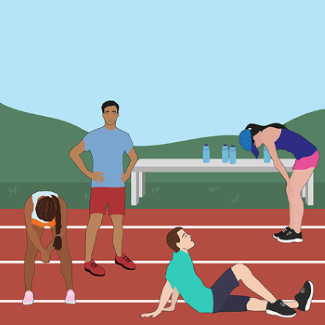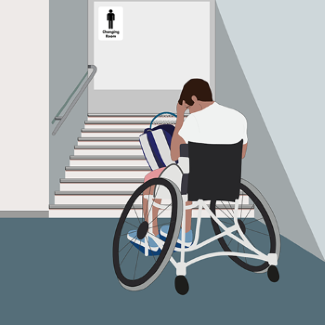2.3 Examples from sport
 | Physical Forcing athletes to run several times round the track when they haven’t done something the coach asked them to do and punishment by exhaustion for forgetting their kit. |
 | Sexual A 16-year-old golfer was asked by the golf professional at her club to caddy for him in a local tournament. Everything went well on the course, but when the professional dropped her home, he asked her for a kiss. She did not know what to do, so she gave him a peck on the cheek, to which he responded that he wanted a real kiss. |
 | Emotional/Psychological A women’s netball team includes several gender non-binary players. The coach frequently makes comments saying "are you a boy?" and labels their haircut a ‘boycut’. |
 | Neglect A wheelchair user was invited to participate in a tennis competition. There was no accessible changing room and toilet facilities at the venue. Upon raising this, the wheelchair user is told to "stop complaining and adapt". |
If more people understand these different types of abuse, it contributes to a safer environment and safeguarding concerns are more likely to be identified. |
2.2 The four main types of abuse



